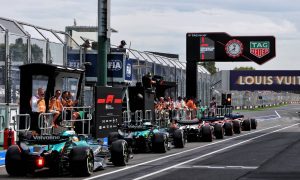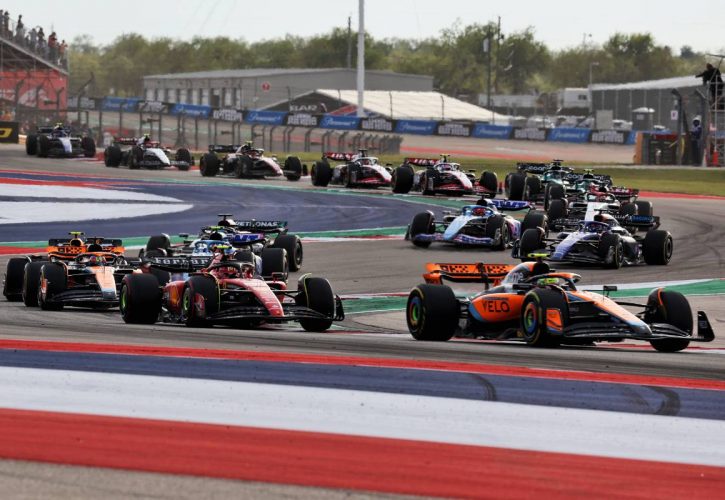
Formula 1’s cost cap has undoubtedly tightened the competition, but the FIA recognizes that it has also hindered struggling teams from quickly regaining competitiveness.
The cost cap – which was set this year at $135 million per team – has effectively curbed the financial advantages of the sport's wealthiest teams.
Before the financial constraint was introduced in 2021, F1’s big teams could simply spend their way out of a design error or development misstep.
Now, teams need to think twice before they invest in a major upgrade or overhaul in a bid to rectify an unforeseen performance issue as financial resources are finite.
While these regulations have leveled the playing field and led to closer competition in F1, there’s a downside to the policy for those – like Mercedes and Ferrari this season – whose designs or concepts prove less effective than anticipated.
FIA Single Seater Director Nikolas Tombazis recognizes the unintended consequences that the cost cap regs have introduced. He believes that there needs to be a balance between financial fairness and the ability of teams to recover from mistakes.
“The problem with the financial regulations is, on the one hand, they do mean that somebody can't spend three times more than somebody else, which is good,” he said.
“But on the other hand, they do also mean that if you're behind somebody, you can't just throw everything at it and make an upgrade.
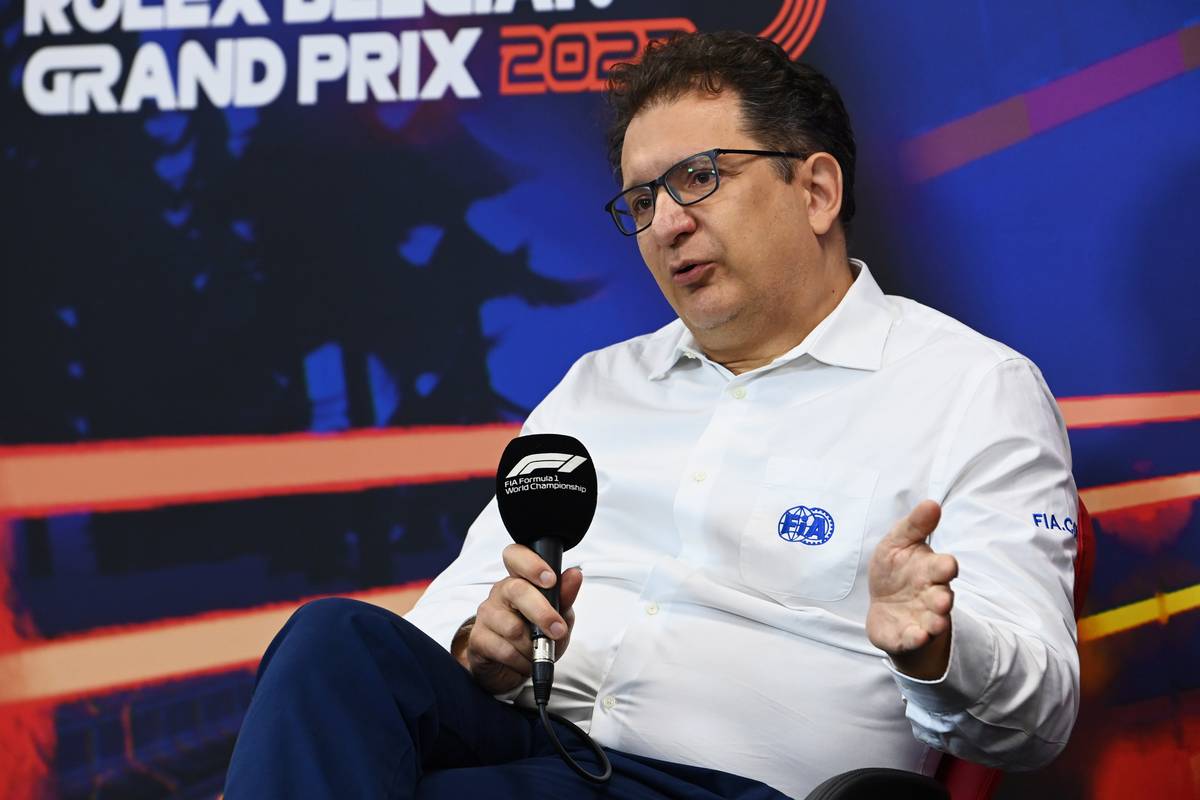
FIA Head of Single-Seater Technical Matters, Nicholas Tombazis.
“In older times, some teams would occasionally start a season and be in a really quite bad place, because they would have maybe messed up the project or concept or whatever. They arrive and are humiliated for the first few races.
“I've been involved in such a situation, but then you just make a massive upgrade package for Barcelona for Canada or something, and you'd virtually redesign the whole car like crazy for three or four months and then be winning races during the season.
“The [current] financial regulations limit the amount of upgrades you can do. So, if somebody is further back, the recovery can be quite long and painful.”
F1’s cost cap has virtually eliminated the risk of an arm’s race between F1’s most wealthy outfits to develop the most advanced cars.
This has led to discussions about the potential for relaxing the sport's technical regulations, which in turn could allow for greater variety and innovation among teams.
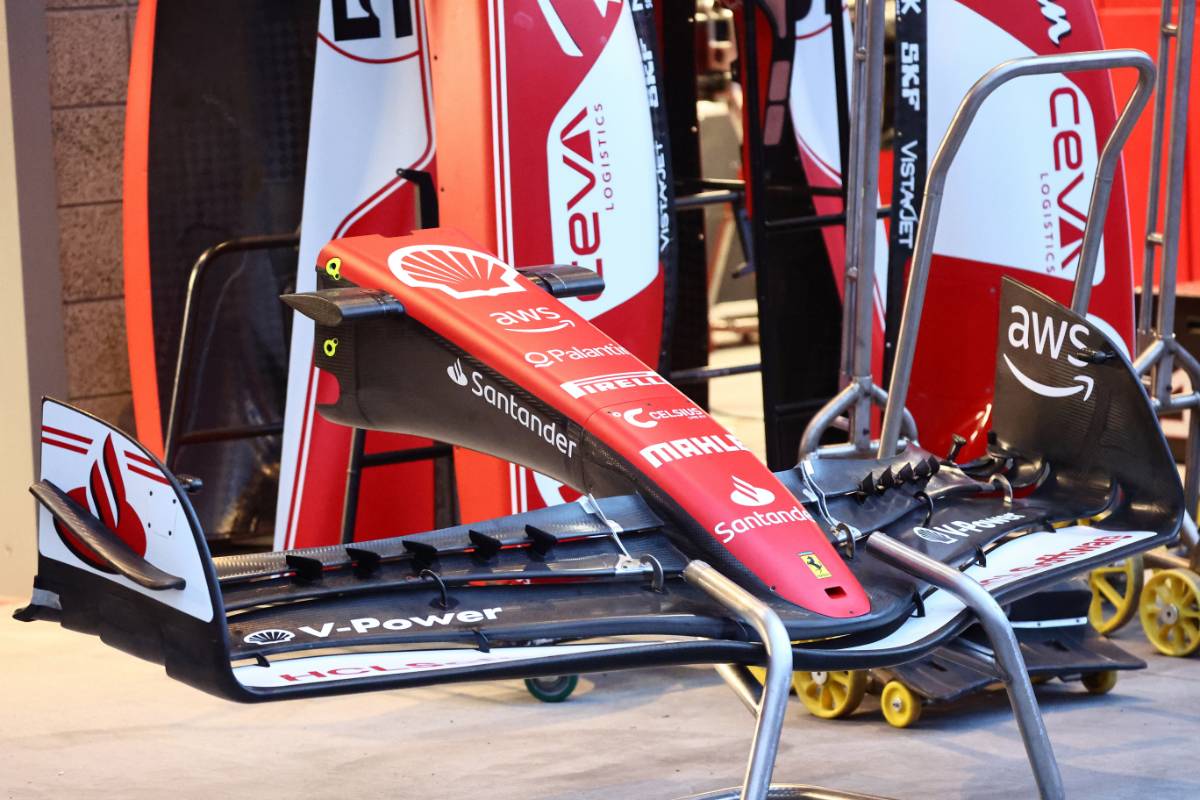
Tombazis acknowledges the potential benefits of a more relaxed regulatory environment. However, he also recognizes the need to balance this with the FIA's longstanding commitment to ensuring safety and sporting fairness in Formula 1.
“There is a fine line between too much limitation – and clearly this is a technological sport, and has to remain so,” he said.
“But on that side, with too much freedom, there is then potentially very big gaps between the cars, and that's a very difficult line to follow.
“Clearly, if you ask an engineer from a team they will say it's too much limitation. I'm an engineer myself, I would love it if all cars were a complete technological battle. But we do need to consider that there's other factors at play that are important for the sport.
“Additionally, compared to the older days, when maybe there was a bit more freedom, we have financial regulations and we have to also try to limit some of the activities that take place.
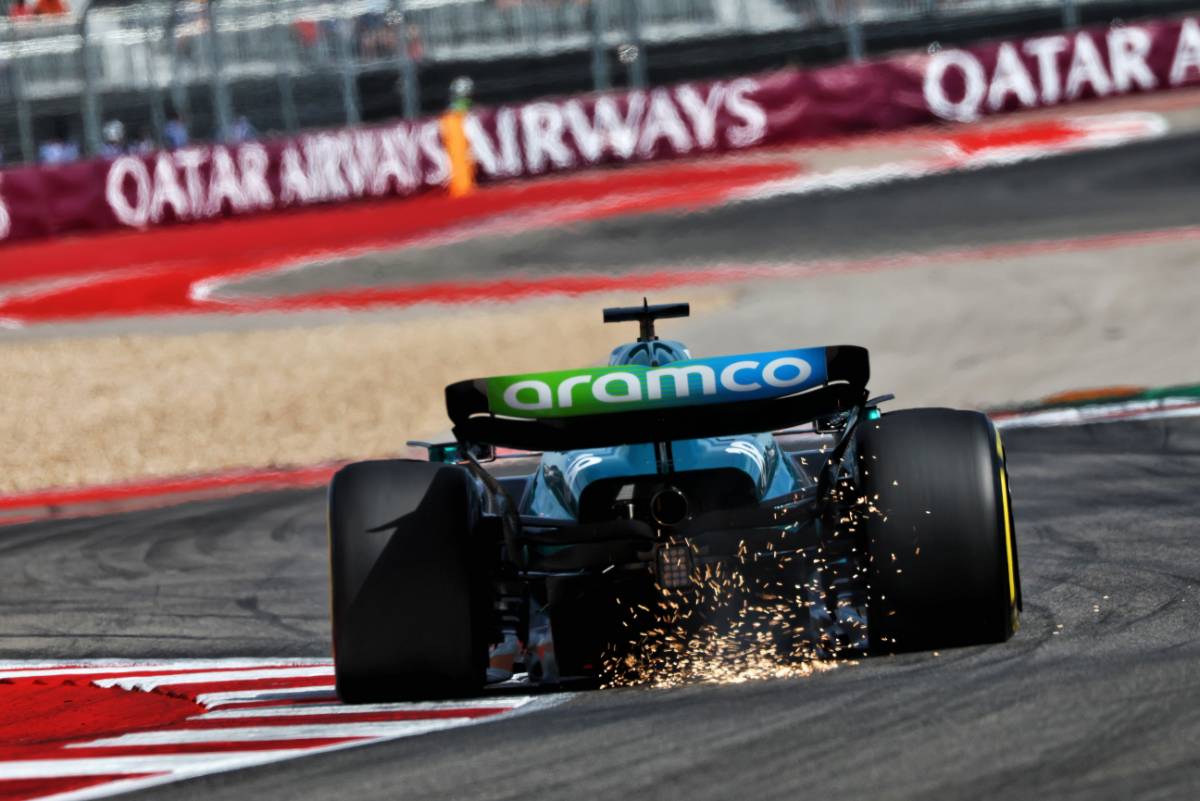
Otherwise, you could have teams building some advantage through an R&D project of some sort, and then having an advantage for a long, long time to come, with no chance of other teams catching up with restrictive regulations.
“So, there's this line between freedom and having a competitive championship, plus the financial regulations put us in a very small spot. So, I don't think there's a perfect answer.”
Keep up to date with all the F1 news via Facebook and Twitter






